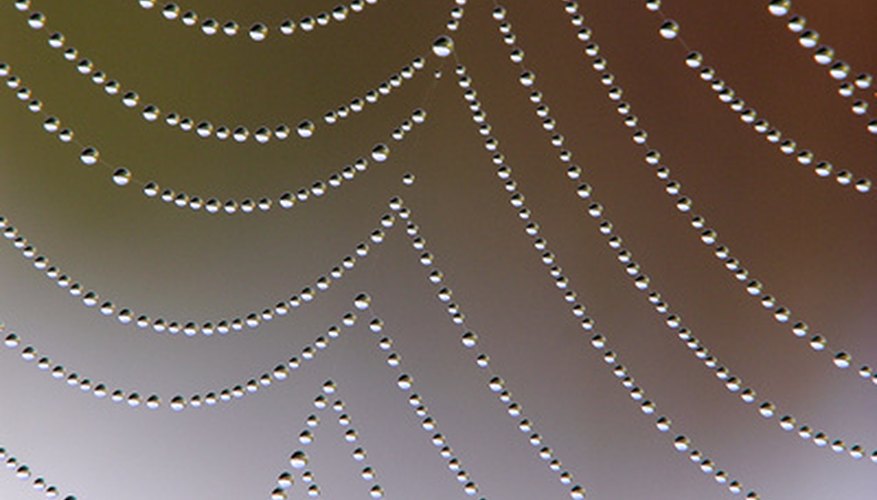If a spray gun is used incorrectly or the material inside it has not been sufficiently thinned, the paint is liable to settle on a painted panel and create a stringlike effect that industry experts refer to as cob webbing.
- If a spray gun is used incorrectly or the material inside it has not been sufficiently thinned, the paint is liable to settle on a painted panel and create a stringlike effect that industry experts refer to as cob webbing.
Low Spraying Pressure
The latest high volume low-pressure (HVLP) spray guns have an adjustable pressure setting and materials must be applied in accordance with the technical data sheets provided when you purchase the paint. A low spraying pressure stops paint from atomising correctly and results in thin strands of material being forced through the air cap of the spray gun.
Incorrect Material Preparation
Cob webbing can occur if paint has not been mixed correctly prior to application. If an insufficient amount of hardener or thinner has been added, the viscosity of the paint will be too thick and it becomes impossible to force it through the chamber of a spray gun without using excessive pressure.
Incorrect Spraying Distance
Cob webbing can often occur through simple operator error. The most common example of incorrect application is holding the spray gun too far away from the surface of the panel being painted. By maintaining a constant distance of 4 to 6 inches from the panel surface, you can easily achieve a flat, uniform coat.
